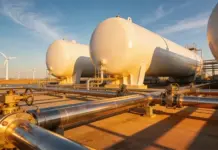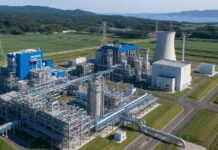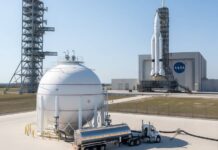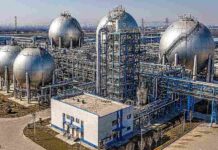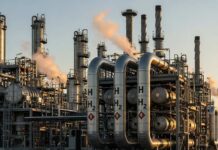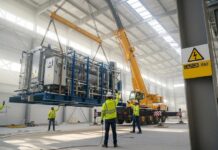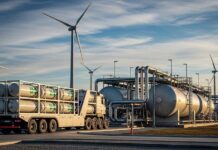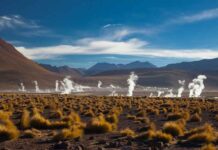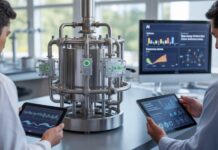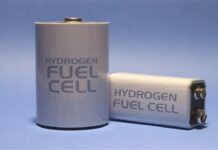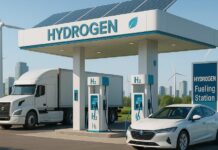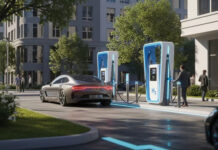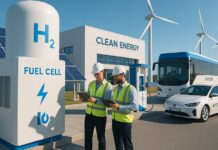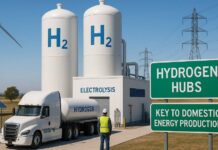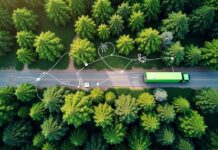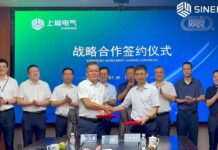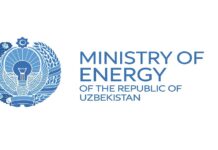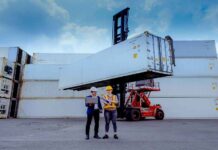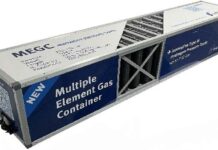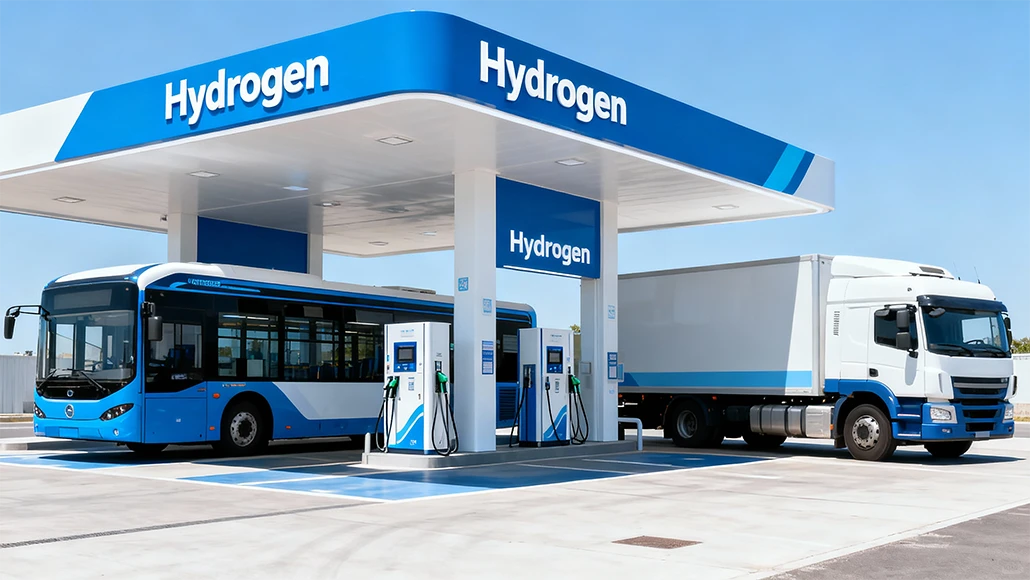The Ministry of Energy of Kazakhstan has inked a Memorandum of Understanding (MoU) with the Global Green Growth Institute (GGGI) so as to promote clean hydrogen development and also support sustainable growth as per the Hydrogen to Green Growth (H2G) initiative, says the ministry.
The agreement happens to focus on introducing environmentally friendly technologies, building international partnerships, and cutting carbon emissions coming from the energy sector.
The signing took place at ALATAU RISE With Kazakhstan, the international event held on October 15–16 in Seoul, South Korea. The event underscored the national project Alatau City by Kazakhstan with a delegation led by Kanat Bozumbayev, the Deputy Prime Minister. The roadshow looked forward to attracting investment and also making the economic ties between Kazakhstan and South Korea more robust.
It is worth noting that at the event, the details pertaining to the master plan of Alatau City were unveiled. The project, which is developed in partnership with companies from Singapore as well as South Korea, happens to focus on making use of modern technologies when it comes to energy, industry, and transport, while at the same time also creating a well-planned urban environment.
The Vice Minister of Energy from Kazakhstan, Ilyas Bakytzhan, mentioned the ministry’s plans to develop a modern power system for Alatau City. The energy network of the city is going to include renewable sources as well as the Smart Grid systems that are designed to meet the demand of almost 2,000 MW.
Apparently, there are a couple of options that are being studied – one combining the gas turbine power with renewable sources and another to connect directly to the national grid. The heating system of the city will draw from multiple sources such as solar collectors, heat pumps, and hydrogen-based systems.
Bakytzhan said that clean hydrogen development is going to play a very significant role in the clean energy plans of Kazakhstan. According to him, hydrogen can serve as a clean fuel when it comes to transport, help to balance renewable-heavy power systems, and at the same time support agriculture by getting used in fertilizer production.


